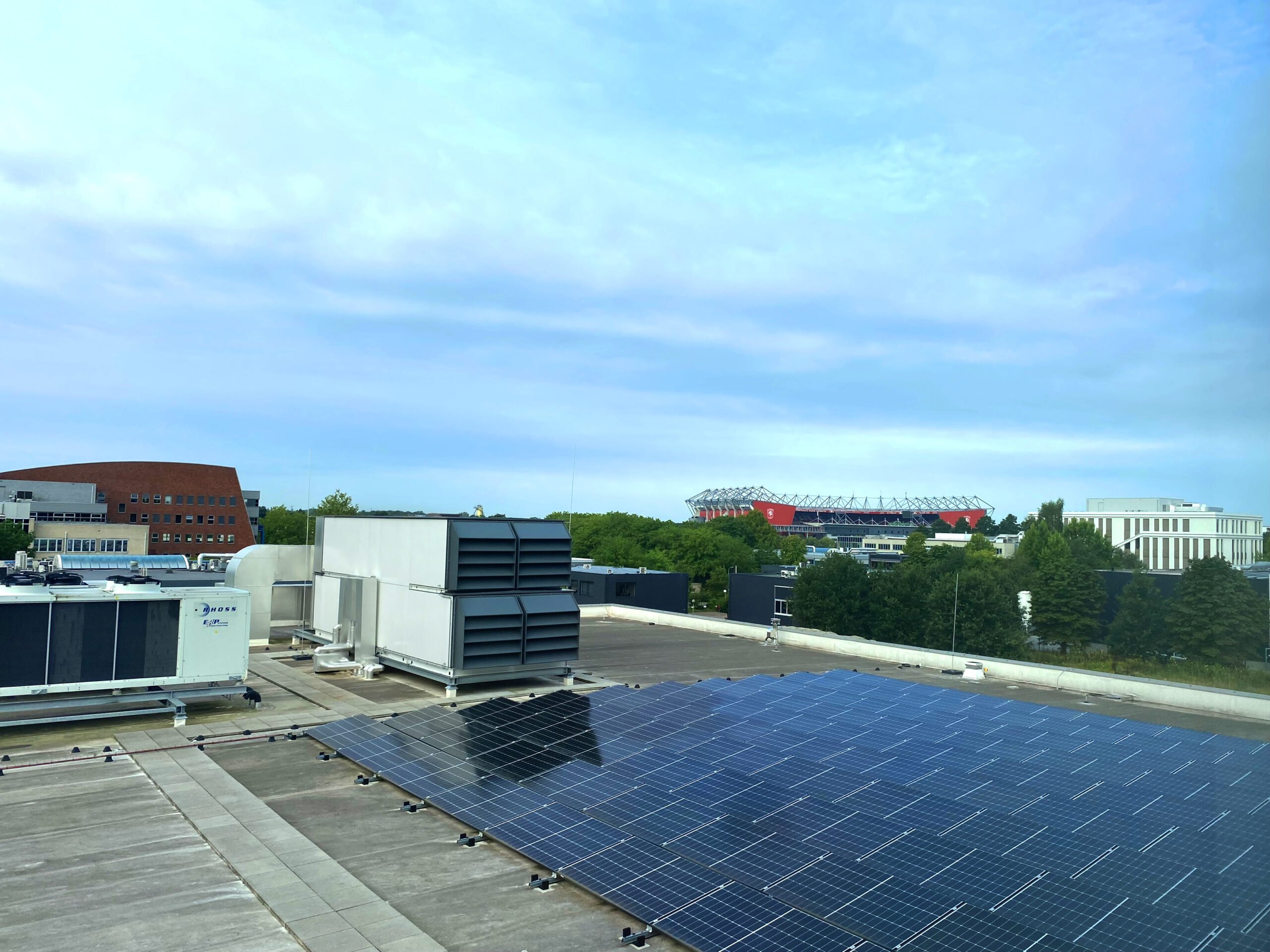THE ROLE OF RENEWABLE ENERGY IN SUSTAINABLE MANUFACTURING
In the context of the global energy transition and rapidly shifting industrial landscape, sustainable manufacturing represents a pathway toward reducing environmental impact, optimizing resource use, while promoting economic resilience. It not only addresses the urgent need for decreased carbon footprints and environmental degradation but also aligns with growing demand for responsibly made products, offering industries a competitive advantage in a sustainability-conscious market. As defined by the U.S. Environmental Protection Agency, sustainable manufacturing is the practice of producing goods using economically viable methods that minimize negative environmental impacts, conserve energy and resources and prioritize employee, community, and product safety [1].

Recent regulatory initiatives, such as the “Eco-design for Sustainable Products Regulation” introduced by the European Commission, are crucial for promoting sustainable manufacturing, enhancing energy efficiency and circularity of products [2]. This regulation sets criteria for products to qualify as sustainable, emphasizing waste prevention, material recovery increase, extended product lifespan, support for the circular economy, utilization of recycled materials and reduced environmental footprint throughout the life cycle of the products [3].
Products, meeting these criteria, can be issued with the “Digital Product Passport”, a passport that provides information to consumers regarding the product’s sustainability characteristics [2]. The provision of the “Digital Product Passport” can help consumers make informed decisions when buying products but also offer a competitive advantage to a business. By adopting sustainable manufacturing practices, companies can gain significant environmental, economic, and social benefits while contributing to a more sustainable future. The integration of sustainable manufacturing processes is related to lower production costs, increased operational efficiency, improved sales and brand recognition, greater access to financing and capital, resilience to energy price volatility, new business opportunities, as well as lower regulatory compliance costs [1].
A crucial aspect of sustainable manufacturing is “Environmental Impact”, which can be achieved through various means such as using renewable energy as the energy source for the production process, with solar energy being the most promising onsite solution. Dutch electricity sector in 2023, emitted 40.16 million metric tons of CO2 equivalent. The share of solar energy in the Dutch electricity mix was 18.03% for the same year while it was accountable for only 2.51% of the total emission [3], primarily associated with the manufacturing process of solar panels.
The green electricity generated by large-scale solar photovoltaics systems can be utilized in manufacturing processes, effectively reducing the environmental footprint of the production processes, and subsequently resulting goods. This also contributes to another pillar of sustainable manufacturing which is resource and material efficiency. This principle aims to get the most out of the value of the resources and materials used in the production process while minimizing waste. This approach can preserve critical resources, such as energy, contributing to sustainable development. Moreover, by integrating photovoltaic systems, factories can operate more independently from the grid, mitigating the risk associated with fluctuating energy prices. It also supports the creation of a closed-loop system in manufacturing processes by powering production lines and machinery exclusively with renewable sources.

Integrating renewable energy into manufacturing and broader industrial activities indeed comes with its set of challenges such as intermittency, high initial costs, and the need for new infrastructure. However, there are effective strategies to mitigate these challenges, ensuring a smoother transition and more sustainable outcomes. Energy storage technologies can address reliability and intermittency issues, while government incentives and innovative financing options can alleviate financial burdens. These measures collectively facilitate the adoption of renewable energy, driving forward sustainable manufacturing practices. A case study illustrating the implementation of sustainable manufacturing practices can be found at the Fraunhofer Innovation Platform for Advanced Manufacturing at the University of Twente [4]. In this case, a PV system of 36.9 kWp is installed on the roof of the building and the generated electricity is directed towards powering a 3D titanium printer, resulting in a lower carbon footprint and energy costs, not only for the manufacturing phase but also for the resulting products. With the avoided CO2 emissions amounting to 10,599.355kg and the operational cost reduced by approximately 2,500€ over the ten-month operational period of the system, this case study underscores the economic viability and environmental impact of such sustainable systems in the industrial landscape.

PV system installed on the roof of Fraunhover Innovation Platform for Advanced Manufacturing at the University of Twente.
